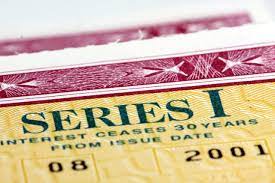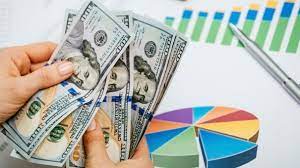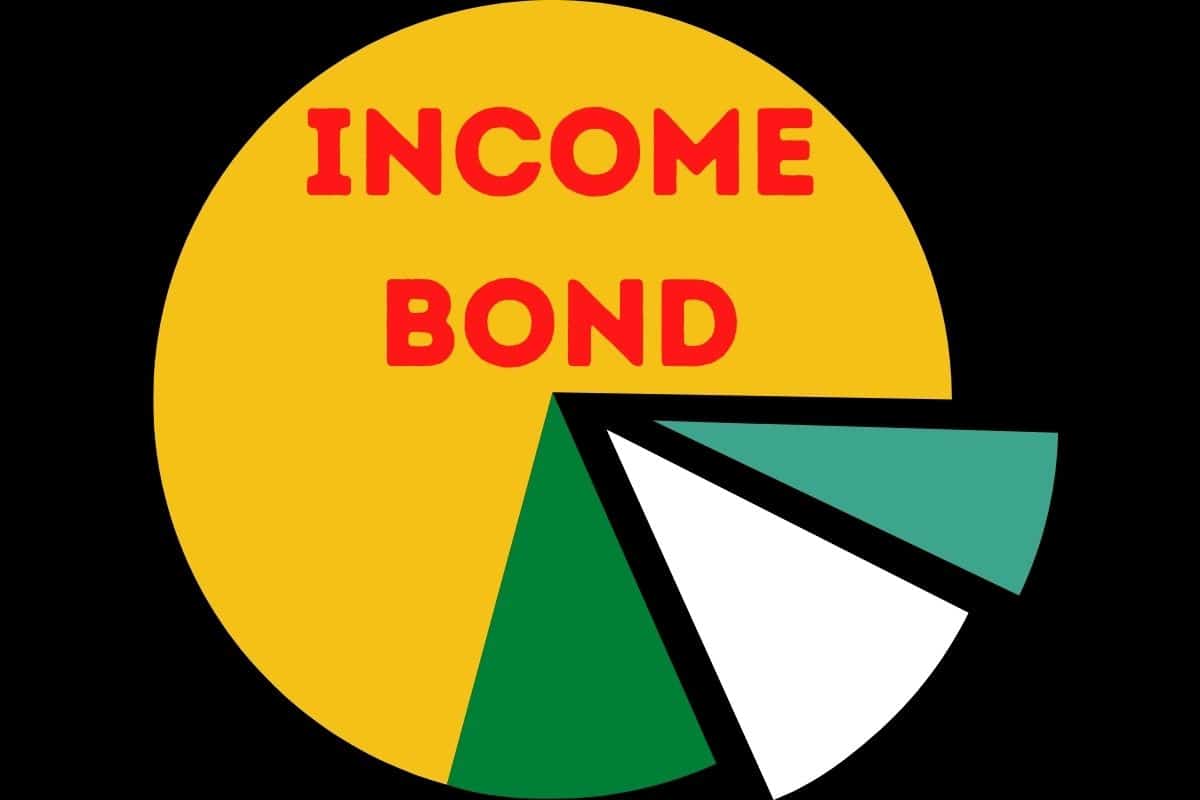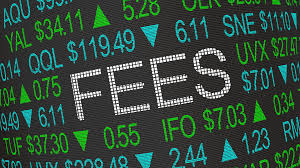There are several ways to buy bonds: directly from the US government, through a bond fund, or a broker like Fidelity or Schwab. Before you buy, you should know what types of bonds exist and how much risk and reward each type carries. Bonds can be a good way to diversify a portfolio, but not all bonds are as simple and reliable as you might think. Consider working with a financial advisor if you want assistance buying bonds or other investments. Let’s look at how to buy I bonds through Schwab in this article.
Ways to Buy Bonds
There are several options available to you if you want to buy bonds. However, not all sellers are created equal, as each offers different types of bond investments that may or may not be what you’re looking for. For example, buying through a brokerage such as Fidelity or Schwab allows you to purchase very specific bonds. On the other hand, buying through a bond fund is less specific but much more general.
Here’s a breakdown of the three main methods for investing in the bond market:
#1. Buying Bonds Through the U.S. Treasury Department
You can buy new Treasury bonds online at Treasury Direct. To open a Treasury Direct account, you must be at least 18 years old and legally competent. A valid Social Security Number, a U.S. address, and a bank account in the United States is required. The Treasury does not charge fees or mark up the bond’s price.
#2. Bonds Can Be Purchased Through a Brokerage
Most online brokerages sell Treasury bonds, corporate bonds, and municipal bonds. Brokers like Fidelity, Charles Schwab, E*TRADE, and Merrill Edge offer extensive bond listings. The purchasing process through an online brokerage, on the other hand, is nowhere near as simple as it is through Treasury Direct. Bond prices vary from brokerage to brokerage due to transaction fees and markups or markdowns.
#3. Bonds Can Be Purchased Through a Mutual Fund or ETF
If you don’t have the funds to invest in a variety of individual bonds, a bond fund is a good option. You frequently have to buy individual bonds in large, often expensive units. With a bond fund, you can get diversity for a lower cost. However, bond funds don’t have a set maturity like individual bonds, so you may see your interest payments vary and your income is not guaranteed.
Who Issues Bonds and What Are They For?
There are several categories of bond issuers, from companies to federal and state governments. The safety of a bond is largely determined by the bond issuer. This is because bonds are typically backed by the entity that issues them. The following is a summary of the most common bond types and issuers on the market:
#1. Corporate Bonds
Corporate bonds are issued by businesses. The safety of corporate bonds varies greatly depending on the company’s credit ratings. Companies with excellent to low credit ratings issue investment-grade corporate bonds, which have lower interest rates due to the safety of the investment. High-yield bonds, also known as junk bonds, are issued by companies with poor credit ratings. These bonds have higher interest rates to reflect their risk, so if the company pays off the bond, the payout is greater.
#2. Agency Bonds
Agency bonds are issued by government-sponsored enterprises such as Fannie Mae and Freddie Mac. Bonds issued by agencies are not as secure as Treasury bonds. However, because the federal government guarantees agency bond issuers, these bonds are generally regarded as safer than even the safest corporate bonds.
#3. Municipal Bonds
Municipal bonds are issued by states, cities, and local governments. The degree of safety of these bonds varies. A municipal bond may be insured in some cases. If the municipality defaults, an insurance company will have to make good on the bond.
#4. Treasury Bonds
Treasury bonds are issued by the United States Treasury Department. These bonds are the safest. Treasury bonds pay interest every six months until they mature after 30 years.
Can I Buy I Bonds on Charles Schwab?
Many brokerage firms sell Treasury bonds, but not all of them have the resources that Charles Schwab does. If you sign up for a Schwab trading account, you’ll have access to the company’s easy-to-use tools for buying and selling government debt.
How to buy I Bonds Schwab
Here’s how to buy I bonds through Schwab:
Step 1: First, learn about bonds.
Before you put large sums of money into an investment, you should educate yourself on the asset’s specifics. Using our Schwab test account, we discovered a wealth of bond-related learning materials, including U.S. government bonds.
There are articles and videos covering a wide range of topics, such as the distinctions between Treasury notes and Treasury bonds, TIPS and zeros, and much more.
In addition to information on sovereign debt, there is information on bonds in general. We discovered topics such as fixed-income securities pricing and common mistakes investors make with these assets.
To find Schwab’s bond learning materials, click on ‘Products’ in the top menu. Next, scroll down to the section labeled ‘Investment Products.’ Select ‘Bonds, CDs, and Other Fixed Income’ from the drop-down menu.
Step 2: Use the Broker’s Search Tool
It’s time to look for Treasury bonds that are available to buy through Schwab after you’ve learned enough about the benefits and drawbacks of government debt. It’s simple to find the company’s bond search tool; simply click on ‘Research’ in the top row and then select ‘Bonds & Fixed Income.’
You’ll be taken to a new page with a yield grid (you may have to agree to some fine print about bond trading first). The left-hand column will contain a variety of bond types, including municipal bonds, corporate debt, and US Treasury bonds. They are classified according to maturity dates and yields. Clicking on a yield generates a large list of government bonds with the corresponding yield and maturity date.
In addition to the yield grid and maturity dates, Schwab offers a screener to look for bonds with specific characteristics, such as coupon rate or face value. This search engine can be accessed by clicking on the ‘Find Bonds & Fixed Income’ tab on the page with the grid.
The debt screener has numerous features. For example, a CUSIP number, a range of maturity dates, a coupon frequency, or a minimum yield can all be specified.
Step 3: Select a Bond
Regardless of the search method you use, the results will be displayed similarly. In the far left-hand column, there is a ‘buy’ link. Next is the bond’s title, such as “US Treasury 1.5%,” which is a government bond with a 1.5% coupon maturing on March 31, 2023. The available quantity is also displayed, along with the most recent trade price, accrued interest, and yield to maturity.
Clicking on a bond’s title generates a pop-up window with more details, such as bid-ask spread (including bid and ask yields and yields to maturity), minimum trade quantity, how coupon payments are made, the call status, and the CUSIP number.
There is also a market depth tab on this pop-up page. Market depth displays the bids and asks for a specific bond. Details include the number of bonds in the bids and ask and the prices.
Look over a bond’s details to help you make a selection. When you’re ready, it’s time to place your order.
Step 4: How to Buy Bonds on Schwab
A bond order ticket is generated by clicking on the ‘buy’ link in the search results. An order can be submitted as a market or limit fill-or-kill order. The limit price is automatically entered into a limit order and cannot be changed. During our research, the limit was the last quoted price. You’ll also need to enter the number of bonds you want on Schwab.
On Treasury bonds, Schwab does not charge a commission, but there is a markup (for purchases) or a markdown (for sales) in the price.
Step 5: Treasury Bond Funds are Also Available
If you can’t find a bond you like or simply don’t trust your judgment, Schwab has a good selection of US Treasury bond funds. Many of these have no load and no transaction fee. For example, we found DIAVX, the Dreyfus Inflation Adjusted Securities Fund. Its holdings are almost entirely comprised of US Treasury bonds and notes.
Factors to Account for When Buying Bonds
Bond buying can be complicated. This is especially true if you’re buying used bonds or not directly from the underwriter. Here are the main things to consider before purchasing a bond to ensure you’re getting a good deal:
#1. Credit Ratings
The most important factor to consider is whether the company can pay its bonds. You can determine this by examining credit ratings issued by rating agencies such as Moody’s, Standard and Poor’s, and Fitch. Treasury bonds have the highest rating, AAA.
#2. Duration
A bond’s duration, as defined by Vanguard, “represents a period, expressed in years, that indicates how long it will take an investor to recover the true price of a bond, taking into account the present value of its future interest payments and principal repayment.” The duration of a bond indicates how sensitive it will be to changes in interest rates.
A longer duration means more fluctuation when interest rates change. When interest rates rise, the value of a bond falls.
If you want to ensure that you receive your set interest rate and the full payout, you must hold onto your bond until its maturity date.
#3. Fees
If you don’t buy directly from the underwriter, you should be aware of the fees that a brokerage can add to the cost of a bond. You can ensure that you’re getting a good deal by using publicly available data on the pricing of the bonds you want to buy, or bonds with similar maturities, credit ratings, and interest rates.
Bonds Vs. Stocks
Bonds are a much safer investment than stocks. This is because a company’s future performance is difficult to predict, whereas bond terms are much clearer. Bonds are not risk-free, though. There is always the possibility that a bond issuer will default and fail to pay the debt.
While bonds’ lower risk reduces the likelihood of unexpected failure, it also reduces the likelihood of unexpected success. Because the value of a stock fluctuates after you buy it, there is always a chance that it will skyrocket.
This is not possible with a bond. Having a mix of bonds and stocks in your portfolio is a great way to take advantage of the benefits of diversification. In short, your portfolio will combine the relative safety and stability of bonds with the potential for profit from stocks.
Can you buy an I bond through Schwab?
Yes, you can buy I bonds through Schwab as it has a wide range of fixed-income investments to choose from, such as individual bonds, Treasuries, and bond ETFs.
How do I purchase an I Bond?
Buy EE or I Savings Bonds Electronically:
- Log in to your TreasuryDirect account.
- Select BuyDirect.
- Select EE bonds or I bonds, then click Submit.
- Complete the remaining fields.
Can I buy I bonds in a brokerage account?
Individuals cannot buy I bonds through a brokerage account; instead, they must do so through the U.S. Treasury Department’s website, and there is a maximum investment amount.
Do I need a broker to buy I bonds?
Many brokers, including Schwab, now allow investors to buy individual bonds online; however, it may be easier to buy a bond-specific mutual fund or ETF. Government bonds can be purchased directly through government-sponsored websites, eliminating the need for a broker.
What is the downside to I bonds?
Rates are variable, there is a lockup period and an early withdrawal penalty, and there is a limit to how much you can invest.
Conclusion
Bonds may be a safer investment than stocks, but they are far from foolproof. Before putting money out, consider the credit rating of the bond issuer and the duration of the bond. Do your homework if you’re buying bonds from a brokerage like Schwab to avoid paying exorbitant fees. Though it’s not advisable to build an entire portfolio of bonds, bonds can be a good passive investment to make while you manage riskier investments.
Related Articles
- HOW TO BUY TREASURY BONDS: What You Should Know & Guide
- HOW TO BUY I BONDS FROM TREASURY: All You Should Know
- HOW TO INVEST IN BONDS: Guide & What You Should Know
- High Yield Investments: How to Spot High Yield Investments (With Best Options Updated!)
- ARE BONDS A GOOD INVESTMENT Right Now in 2023?
- SECURITY BOND: Meaning, Insurance & What You Need to Know
- HOW TO FILE BANKRUPTCY: Who Qualifies, What You Need to Know & Guide






